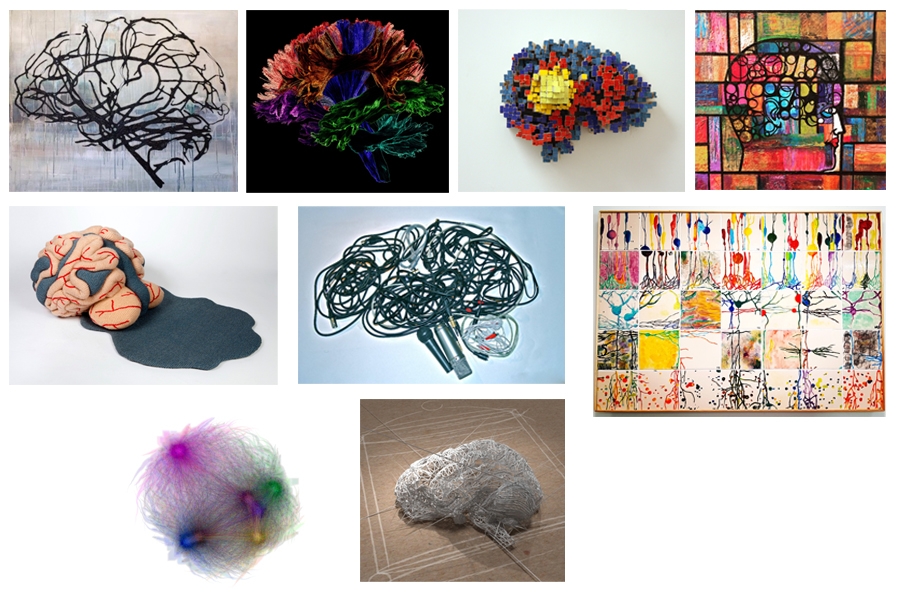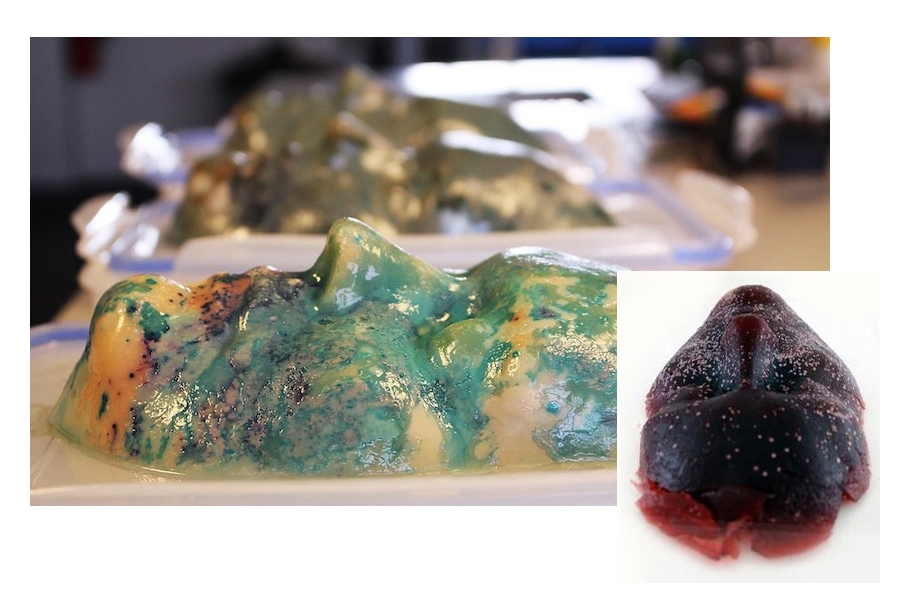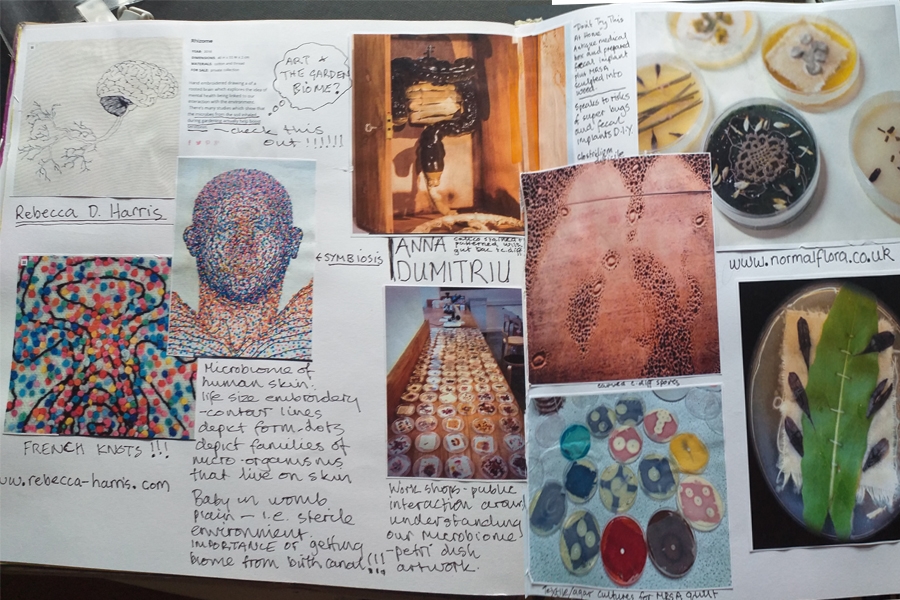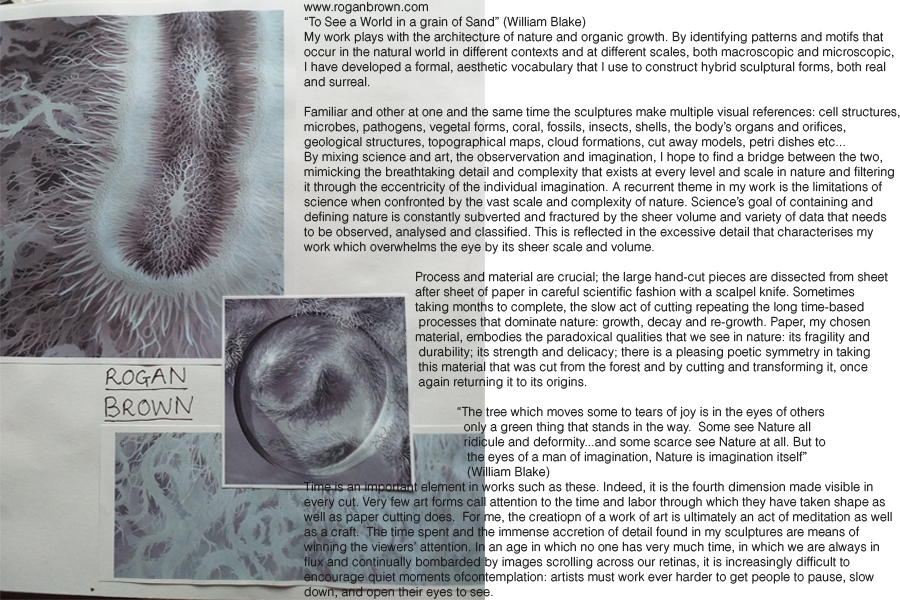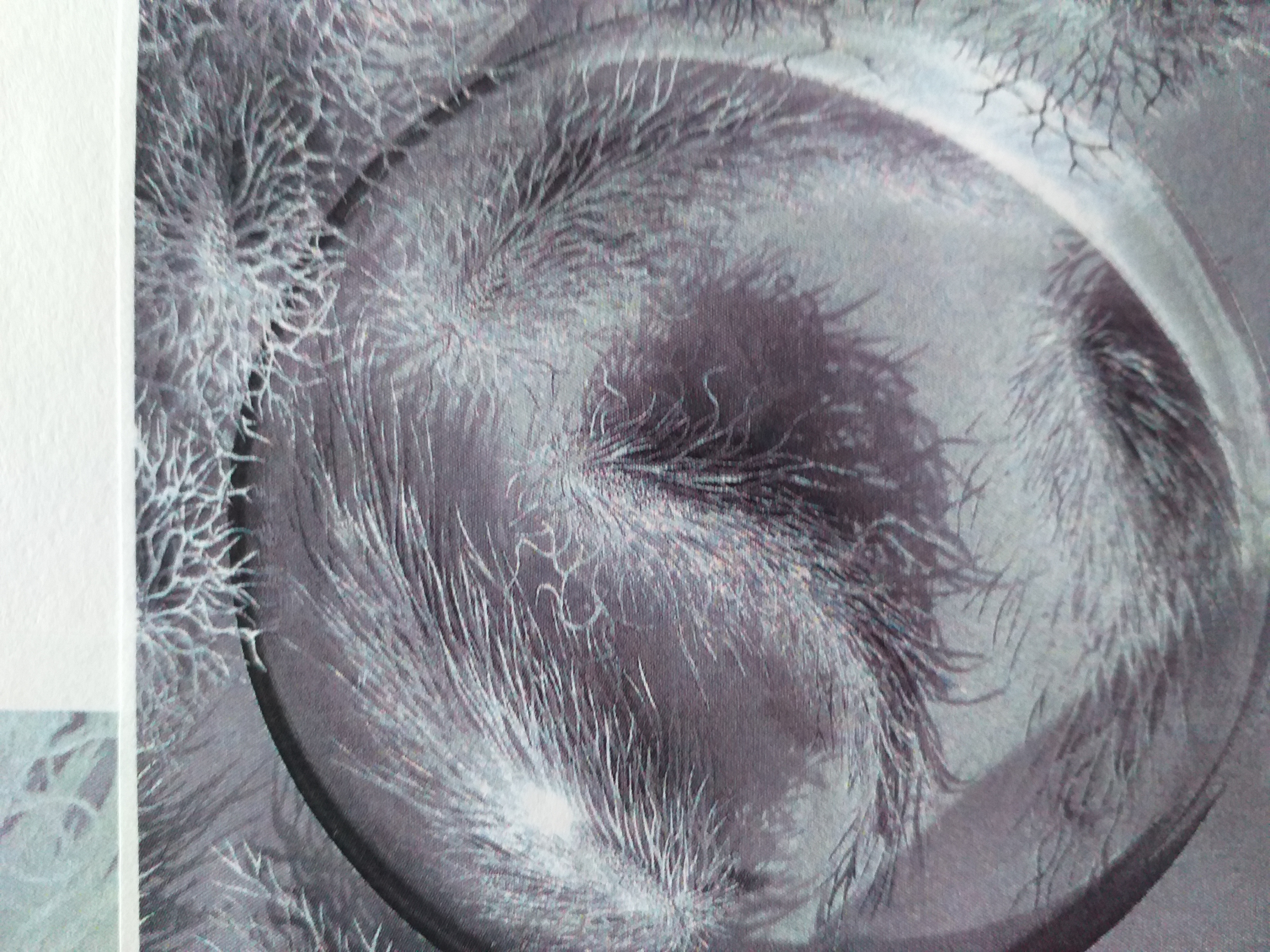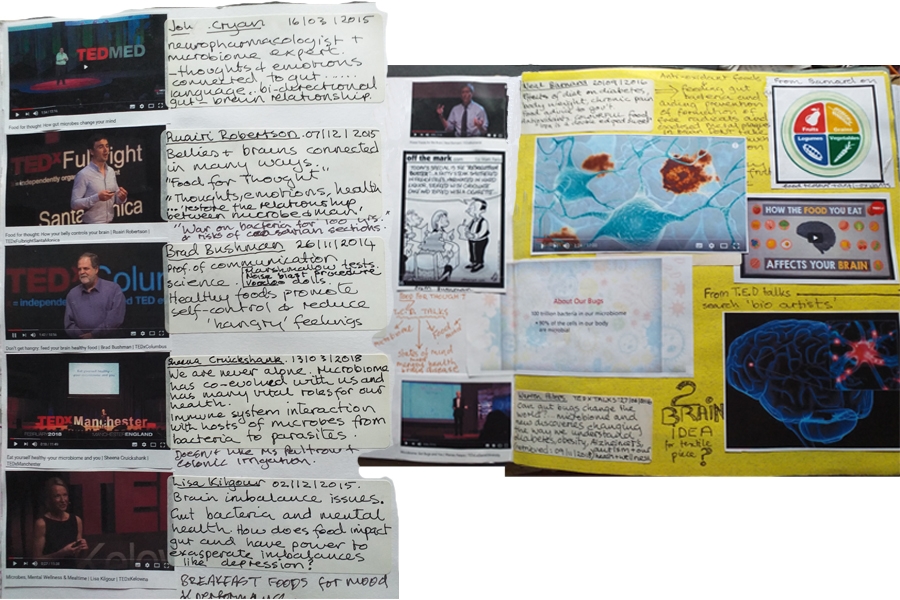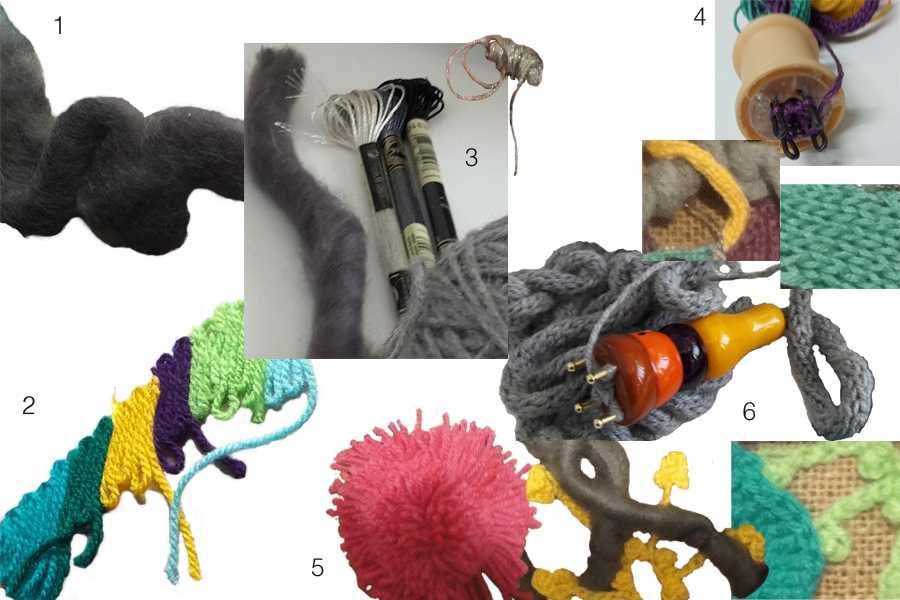There’s a word that I have invented for this phase of the dice project – I rather like it.
It has been very interesting to read about the history of neuroimaging and its development from employing EEG technologies through to modern MRI and CAT scanning techniques, also to understand the difference between functional and structural scans. It would be lovely to actually get hold of some MRI ‘slices’ printed on ‘film’ (plastic assumedly?) and be able to play around , perhaps collage with them etc. however, I imagine it’s impossible unless they are your own scan results …… ah well…..
But, while feeling a bit deflated about not being able to follow through on the scan film idea, I did have a bit of an epiphany….. I have shed loads (almost literally!) of polystyrene and there is a polystyrene cutter in the studio ….. ‘plastic’ sorted!
I have begun to sketch out some ‘shapes’ derived from the visual research I have done about neuroimaging and have been practising cutting them with the polystyrene cutter …. I am calling this process neuroimagining…… sort of drawing/carving 3D neuron tropes out of the polystyrene.

The process of driving pieces of polystyrene past the hot wire is very soothing if you are not wanting an accurate cut, however following the lines I had drawn on the polystyrene is quite difficult without a lot of practice. Also, the pen marks make the edges produced ‘dirty’ if you melt them so you have to work either just within or just without the guide marks you have drawn. There is a carving tool on the machine too, but, it needs new wire on it so, I will develop some skills with that when we have replaced the broken one.
In further visual research, I came upon this – exciting! This has produced some rather less cliched and more conceptual responses to consider than the images I found earlier in my initial searches.
I have very much enjoyed browsing through the various competition galleries from over the years. Here are some of my favourites. … a vast array of different styles and media.
